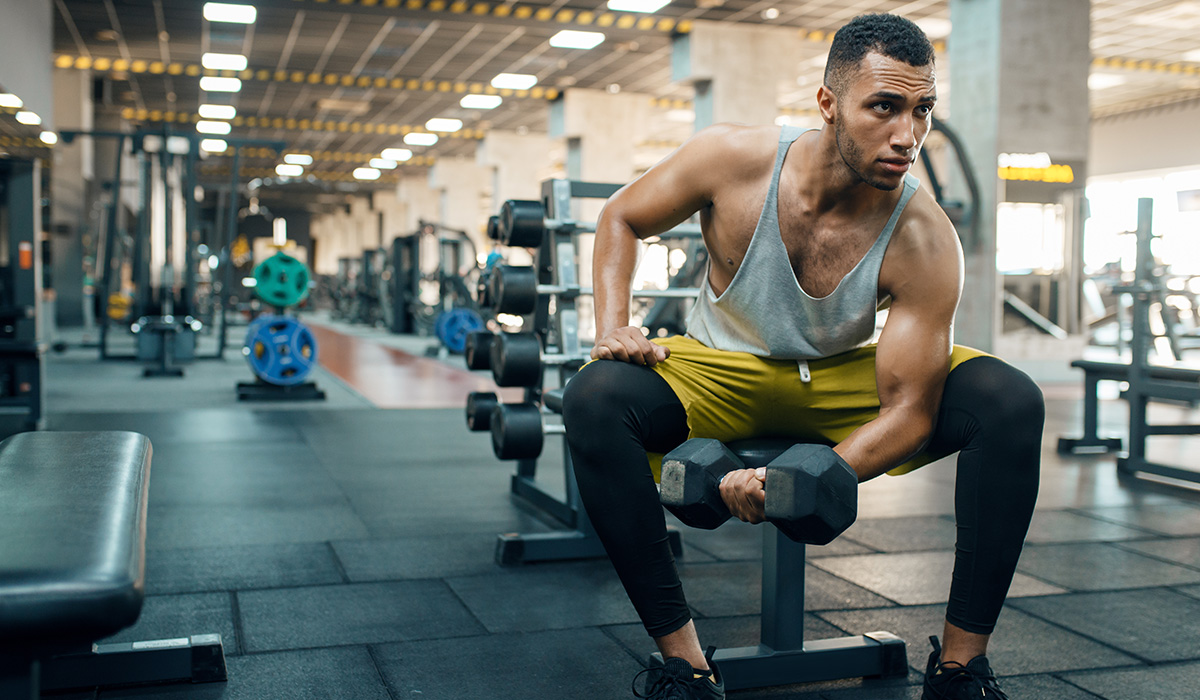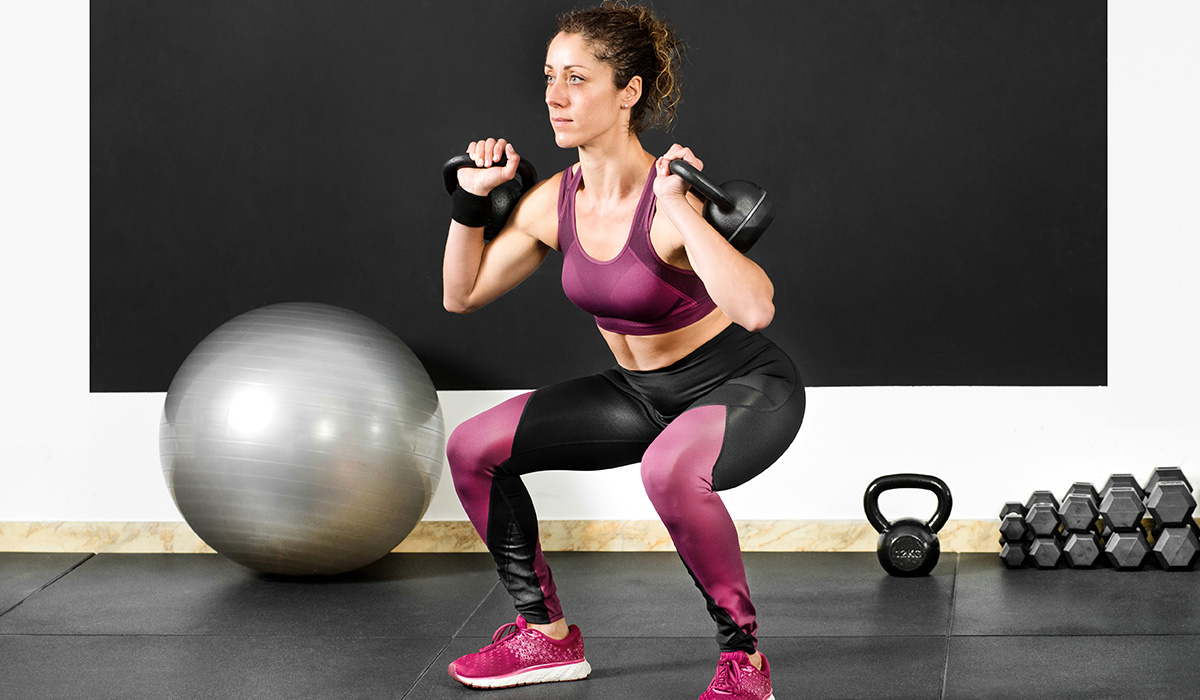The vegetarian diet has gained popularity in recent years with estimates that vegetarians now account for 18% of the global population. Apart from the ethical and environmental benefits of cutting meat from your diet, a well-planned vegetarian diet may also reduce your risk of chronic disease, support weight loss and improve the quality of your diet.
WHAT IS A VEGETARIAN DIET?
The vegetarian diet involves abstaining from eating meat, fish, and poultry. There are several forms of vegetarianism, each of which differs in their restrictions.
The most common types include:
- LACTO-OVO-VEGETARIAN DIET: Eliminates meat, fish and poultry but allows eggs and dairy products.
- LACTO-VEGETARIAN DIET: Eliminates meat, fish, poultry, and eggs but allows dairy products.
- OVO-VEGETARIAN DIET: Eliminates meat, fish, poultry, and dairy products but allows eggs.
- PESCATARIAN DIET: Eliminates meat and poultry but allows fish and sometimes eggs and dairy products.
- VEGAN DIET: Eliminates meat, fish, poultry, eggs, and dairy products, as well as other animal-derived products, such as honey.
- FLEXITARIAN DIET:A mostly vegetarian diet that incorporates occasional meat, fish, or poultry.
THE BOTTOM LINE
Most vegetarians avoid meat, poultry, and fish, though some also restrict eggs, dairy, and other animal products. A balanced vegetarian diet with nutritious foods like produce, grains, healthy fats, and plant-based protein may offer several health benefits, but it may increase your risk of nutritional deficiencies if poorly planned. Be sure to pay close attention to a few key nutrients and round out your diet with a variety of healthy whole foods. That way, you’ll enjoy the benefits of vegetarianism while minimizing the side effects.





